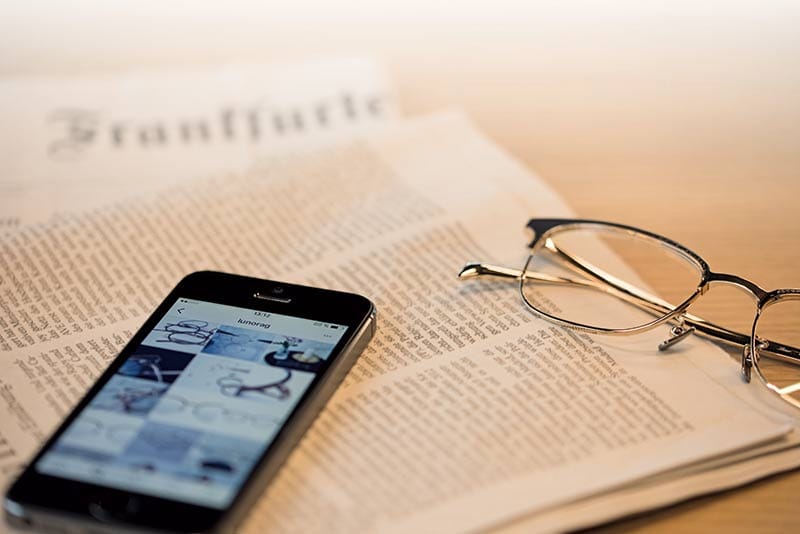
You might have heard about blue light and are asking yourself how dangerous it really is. Here we explain what it is, how much of it is negligible and when it might become an issue. These four measures against blue light are easy to take and provide lasting protection for your eyes.
If you’re reading this article, you’re probably sitting in front of a computer or looking at the screen on your smartphone. This means that bluelight is striking your retina at this very moment. This can lead to damage in the long run. Unless, of course, you have taken the necessary precautions. You can find a list of these below.
But let’s start from the beginning. Bluelight is a prismatic color that you can see in a rainbow, for instance: at the top is red, which has a long wavelength, and at the bottom is high-energy blue light, which has a wavelength of between 380 and 500 nanometers. Another name for this light is high-energy visible light, or HEV. So blue light is not harmful in itself. It’s a natural component of sunlight that we “consume” daily, just like UV light. A good way to look at how blue light can be problematic is like this: A certain amount of UV radiation is perfectly fine, and is even essential for vitamin D production. But too much can be harmful—just think of your last sunburn.
“Bluelight can lead to long-term sleeping disorders and difficulties concentrating”
This is a lot like blue light. It serves an important purpose for our inner clocks in that, when we perceive light, our bodies know that it is daytime. Because it is known to put us in a good mood and wake us up, blue light was long used as mood-lifting therapy for people with depression, for example. Experts believe that our bodies produce less melatonin, the “sleep hormone”, when blue light hits our retina. This is especially useful when the dawn breaks and we want to be ready to take on the day.
The catch is that blue light doesn’t reach us just through natural sunlight, but also through artificial light. The unnatural spectral composition of LEDs, our computer monitors and the screens of our smartphones and tablets in particular leaves us exposed to a higher dose of bluelight that can last late into the night. This can lead to long-term sleeping disorders and difficulties concentrating.
It’s not entirely clear whether and to what extent bluelight is actually harmful. A study on animals has shown that blue light from LED lamps causes damage to the retina starting at an illuminance of just 500 lux. There are no available long-term studies on humans. But even though these results are to be interpreted with caution, experts agree that blue light can aid age-related macular degeneration. And because lenses are largely ineffective in filtering out blue light, it can damage our macula—where our vision is the most in focus—when it hits the retina. In severe cases, macular degeneration can lead to blindness.
Four ways to protect your eyes from Bluelight
Are you one of those people who get headaches, have troubles concentrating, whose eyes dry out or who are always tired after a working in front of a computer screen all day? These may be the effects of blue light. Here we have compiled four easy tips for reducing exposure to bluelight.
1. ACTIVATE THE BLUELIGHT FILTER
Take advantage of your macOS or Windows system’s capability to reduce blue light: activate night mode, Night Shift mode or read mode. These settings are also available on many smartphones. Otherwise there are bluelight filter apps that you can download.
2. OPTIMIZE YOUR CELL-PHONE AND TV USE IN THE EVENING
Avoid working intensively in front of a computer monitor or screen before going to bed. In particular when the room is dark, looking at these screens will cause your pupils to dilate, allowing bluelight to penetrate your eye unimpeded. But this doesn’t mean you have to do away with enjoying your evening TV shows: television sets are usually far enough away from the viewers’ eyes for this to be a problem, and the constantly changing images emit less white (and thus blue) light. You can also brighten up the room with an additional light source.
3. EYE YOGA
Take occasional breaks to relax your eyes, especially during long periods in front of a computer.
- Palming
Sit upright and relax. Rub your hands together and notice how they start to tingle as they become warmer and warmer. Then place the warm palms of your hands on your closed eyelids and feel the warmth, darkness and relaxation in your eyes.
- Eye rolling
Direct your gaze upwards, then downwards, then to the right, then to the left. Keep your eyes in each position for a few seconds, then close your eyes for a couple of seconds to relax them. Open your eyes again, direct your gaze upwards, and trace a large circle.
- Focus shifting
Hold one arm out straight and stick your thumb up. Focus first on your thumbnail, then shift your focus to a point further away. After that shift your focus to a point even further away. Alternate between these three points as fast as you can, but make sure each point is in focus before switching.
4. LENSES WITH BLUE-LIGHT FILTER
Filters on the monitors and screens themselves are a good first step, but they have their weaknesses. They distort colors, for one, making graphic design work impossible. Furthermore, they help only locally—they do nothing to reduce ambient blue light in the room, for example from LEDs or natural bluelight.
If you’re one of the many who spend several hours per day looking at a computer screen or a smartphone, you may want to consider getting a pair of glasses with lenses that filter out blue light. But there’s no need to worry—you don’t need to give your co-workers the impression that you’re trying to win the next Tour de France with lenses that are tinted yellowish orange.
Lenses with blue-light filters are available for any type of frame, even as corrective lenses or sunglasses. Ask your optometrist about blue-light filters or blue-light protection.


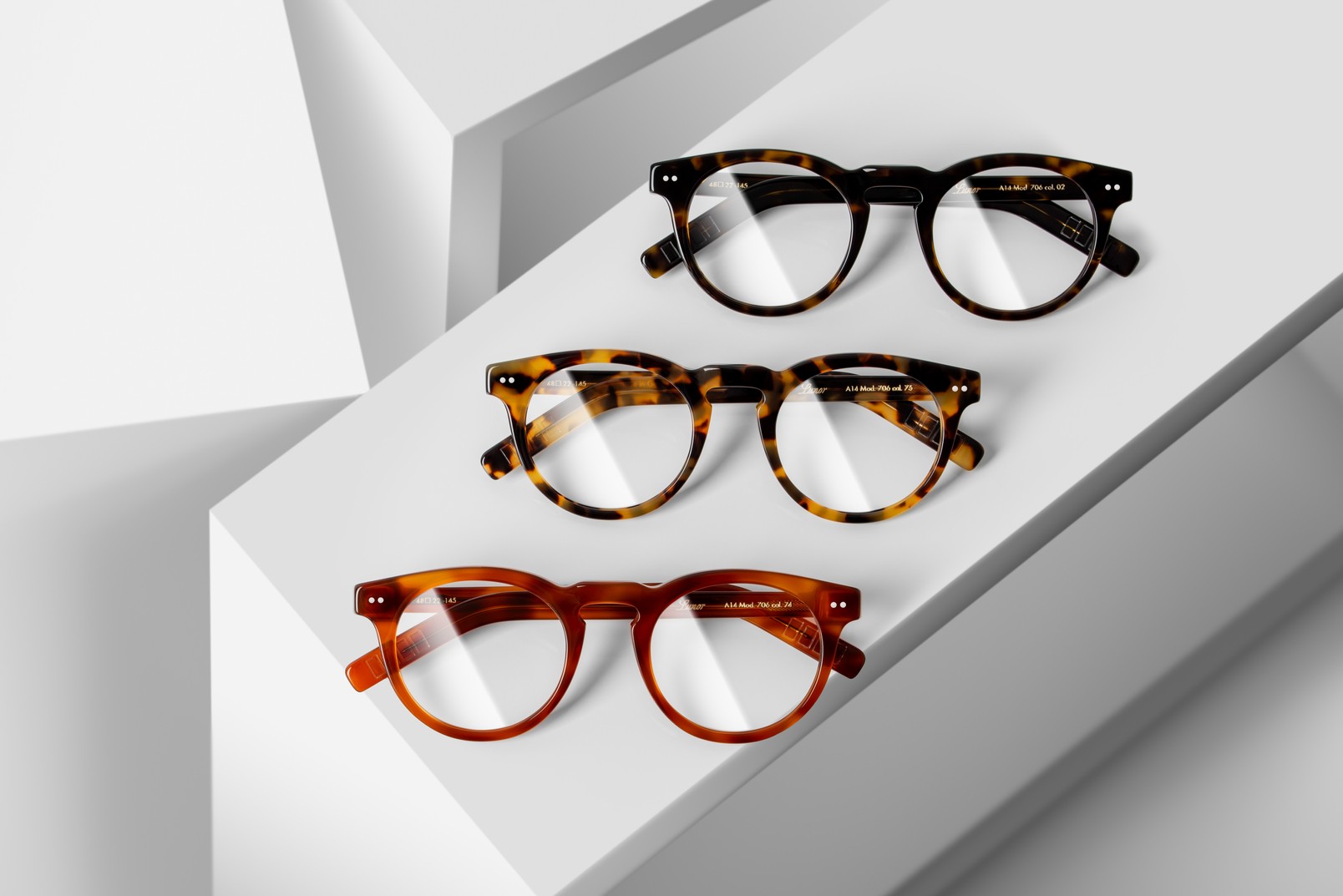
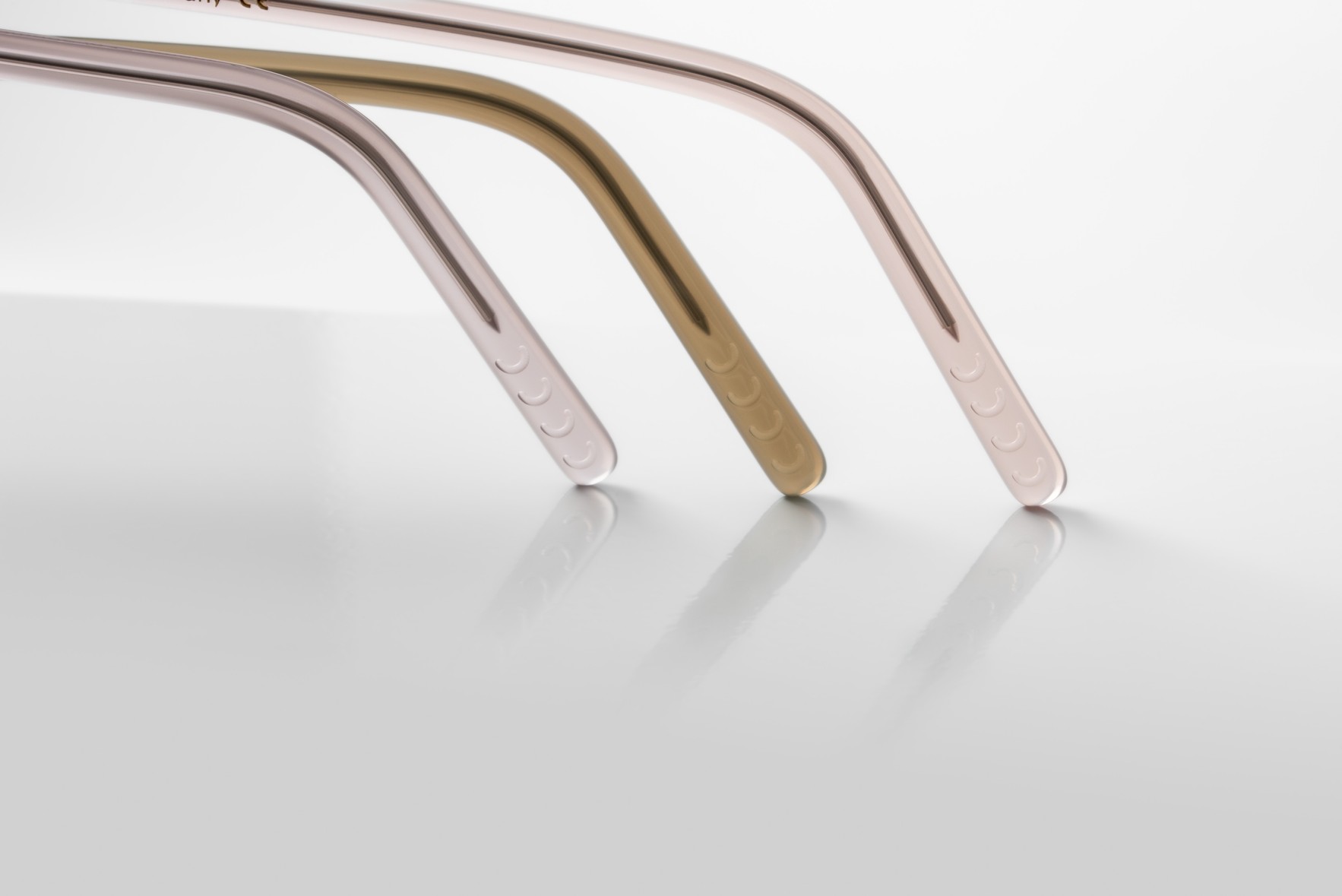
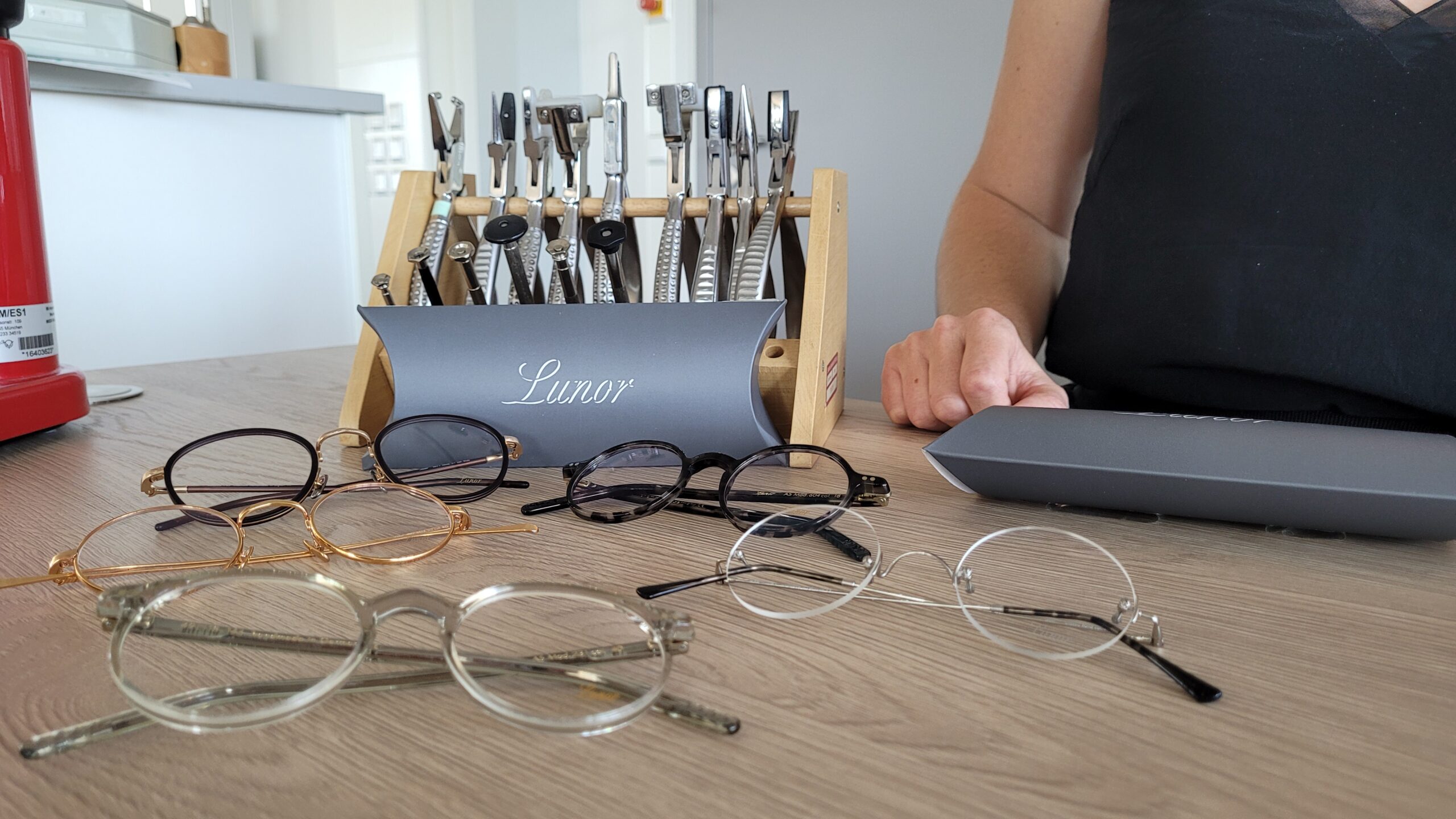
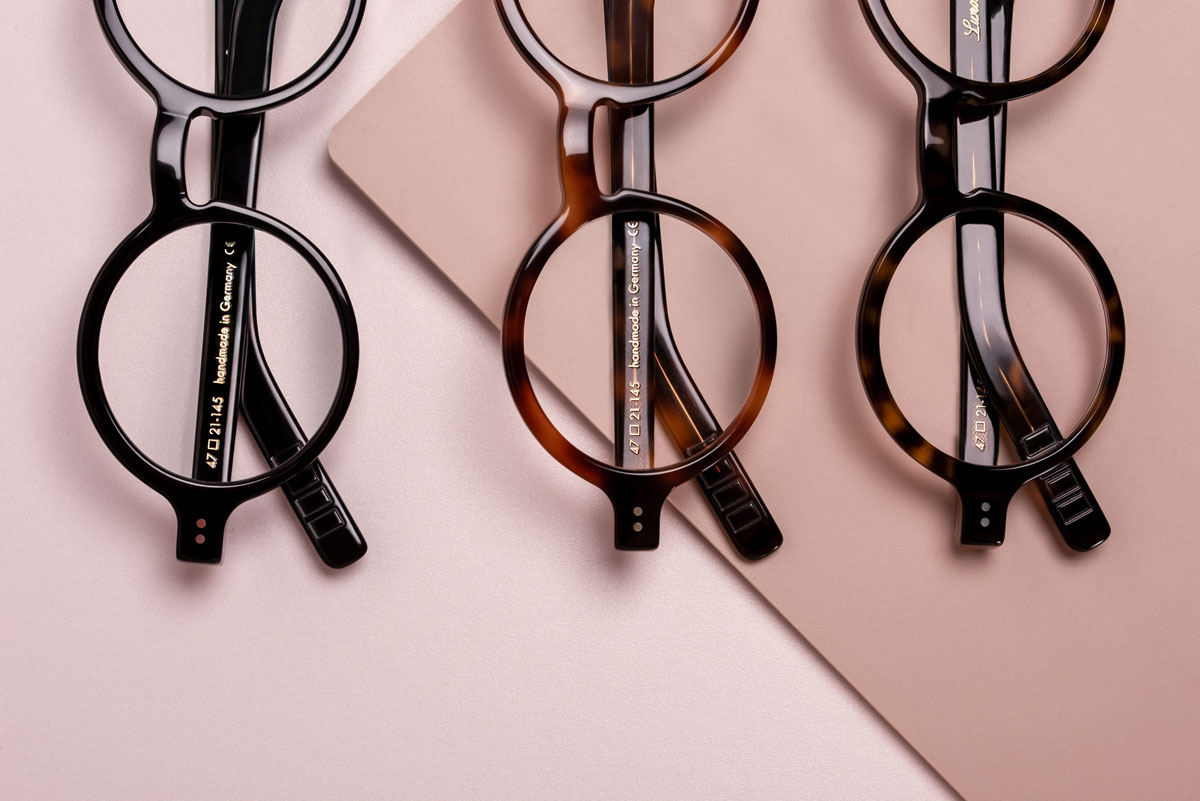
Leave A Comment